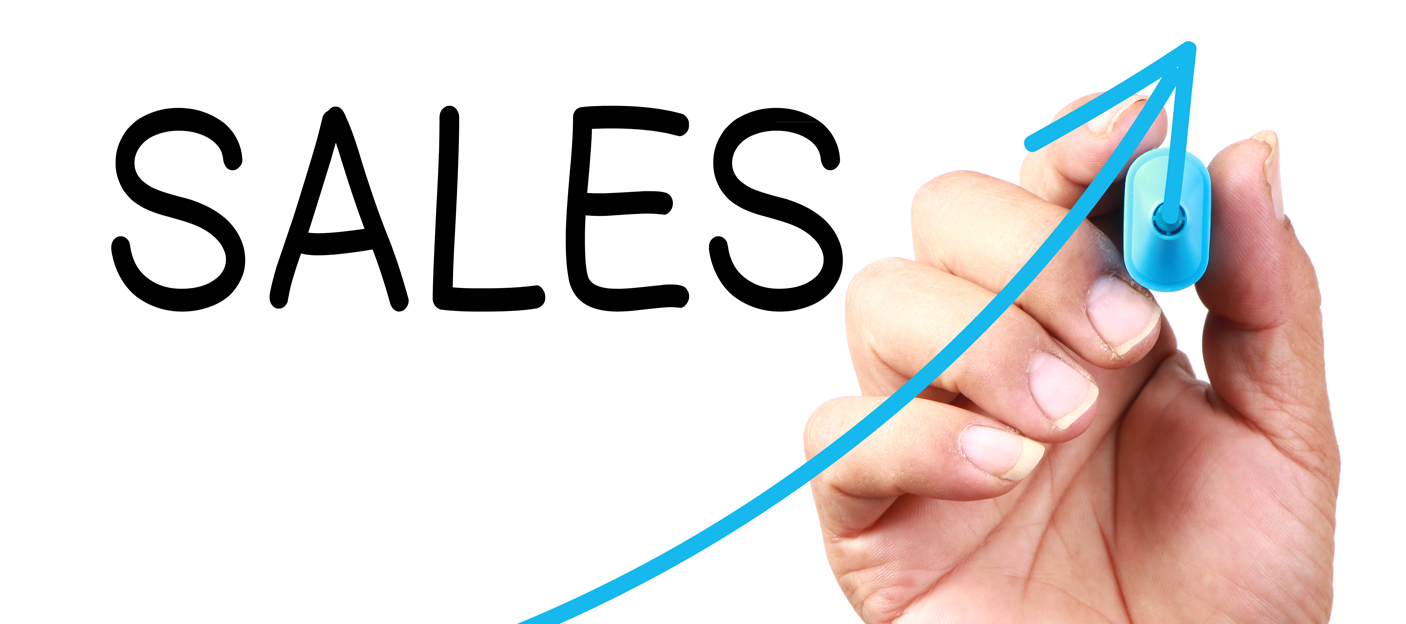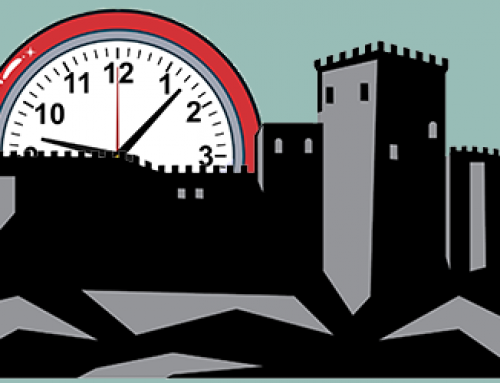Businesses of all sizes and levels of maturity will inevitably confront the need or desire for a sales forecast. This forecast is a projection of sales results at the end of a defined period of measurement such as a month, quarter, or year. These future expectations are critically important in projecting revenue and profit, measuring progress against company sales goals, and in planning and schedule production or assigning resources to support the output required to meet customer demands.
However, in order to produce a quality sales forecast, it is important to understand the basics of forecasting, how forecasts are typically created, and some common methods that companies use.
The Six Basic Steps of Forecasting
As outlined by Investopedia, forecasting sales involves several basic steps:
- Choose a problem or data point. In the case of sales forecasts, the problem or data point is our projected sales results at the end of our defined period.
- Choose theoretical variables and an ideal data set. Here, we identify the relevant variables that need to be considered and decide how to collect our data. These can be variables such as the number of incoming sales inquiries, the number of quotes issued, and the average close rate for converting opportunities into sales. With these variables in mind, we identify the data sources that will allow us to measure these variables and use them in our projections.
- Make assumptions. To cut down the time and data needed to develop a forecast, we may need to make some explicit assumptions to simplify the process. For example, based on a steady, recent history, we might assume that a certain number of sales inquiries will be received during the defined period. Or we might assume that sales during the historically slowest quarter of each year will be slow during the same quarter this year.
- Choose a forecasting model. Here we pick a model that best fits the data set, selected variables, and assumptions. There are several types of models that are commonly used, and we’ll discuss these shortly. But, on a fundamental level, models divide into either qualitative or quantitative varieties. Qualitative forecasts are driven more by the expertise, insights, and intuition of salespeople, sales management, and industry analysts. Quantitative forecasts are more data-driven and rely on historical and emerging data while minimizing the human factor of qualitative projections.
- Analyze findings. Using the forecast model, we analyze the data and make a forecast based on these findings.
- Verify and continuously improve. Once we move into the future and into the defined sales period, we compare the forecast to our actual results, identify problems, tweak our process, and continuously work toward a more refined and accurate forecasting system.
Two Common Forecasting Methods
While there are advanced forecasting methods that involve mathematical algorithms and regression analysis to project sales based on sales cycles or the relationships between all the variables in the sales process, these are often complicated and require advanced expertise in mathematics and statistics. Instead, most companies rely on one of two common methods for forecasting sales:
- Opportunity Stages
Opportunity stages represent key milestones along the way to converting a sales opportunity into a closed deal. For example, the stages might include an initial customer inquiry, a demo, a formal price quote, a follow-up sales call, and a signed contract.
Often, each stage will be assigned a probability of closing, which indicates the likelihood that the sales interaction will result in a closed deal based on the current stage of the opportunity.
This can be particularly important in forecasting sales when there are already open opportunities, and it can also be helpful in revising forecasts during a defined period based on opportunity stages at any given moment.
Using this approach, we can generate or revise a forecast by applying the total dollar value of each sales opportunity by its stage-driven probability of closing.
- Confidence Levels
In this approach, sales reps rely on their own judgment and intuition rather than probabilities based on the stage of a sales opportunity.
Ultimately, sales reps review each opportunity and use their own insights to indicate a probability of closing or a degree of confidence in a sale. For example, some assessments might involve a percentage probability, much like opportunity stage forecasting, while others may use terminology like “Commit”, “Strong Upside”, or “Upside” to indicate varying degrees of confidence that deals will close.
Executives and managers can then multiply confidence levels by the dollar amount of each sales opportunity or use the assessments of each opportunity to calculate the potential results based on how many deals are a “Commit” versus how many might be expected to be converted from the “Strong Upside” or “Upside” category.
The Limitations of Forecasting
Whatever methods you choose, always be aware that historical data is only a reflection of past results and does not necessarily reflect future conditions. Internal assessments are highly subjective and may not always be accurate. Also, your forecasting process may not incorporate all of the potential variables or may not be very refined or accurate at the outset. Moreover, external variables, such as economic trends, are often unpredictable and can have a huge impact on sales results.
So, while forecasting can be an important and useful tool for businesses, its limitations must always be acknowledged, and forecasts should be treated as imperfect estimates rather than perfect projections.






